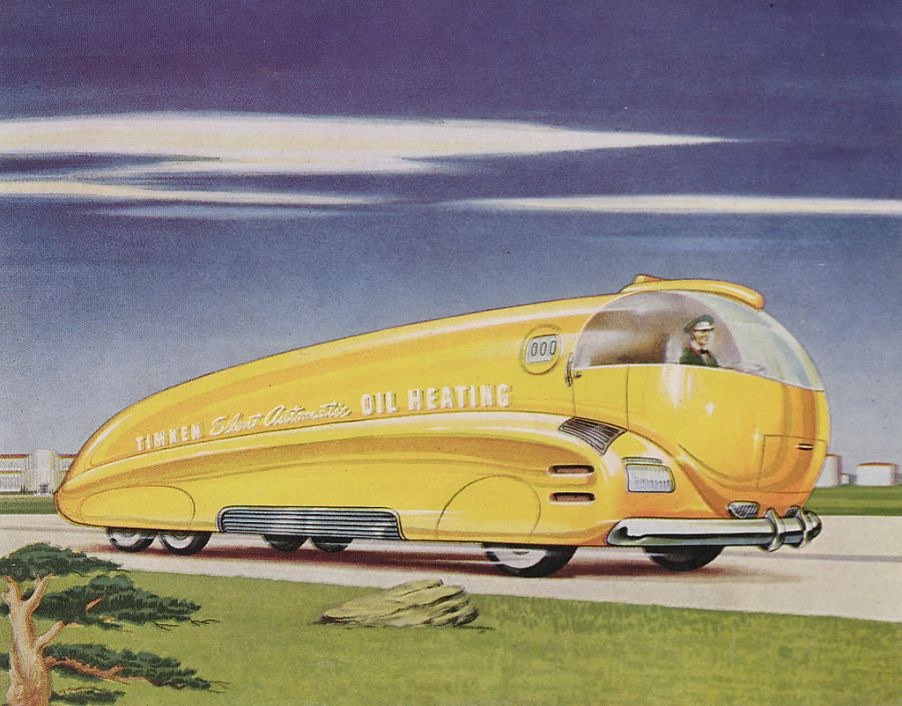
Why Aren’t Trucks Built Like Cars?
It’s weird that pickup trucks aren’t built like cars. Most cars today are unibody. That means the body is engineered as one structure, without a frame. Trucks are built the way all vehicles used to be built, with a separate body on a frame. The thinking is that a body-on-frame truck is far superior to a unibody design for strength and hauling heavy loads.
The only unibody truck is the Honda Ridgeline, and it gets panned as not being a real truck for serious truck people. That’s in spite of it receiving the Motor Trend Truck of the Year award in 2017. Not that M/T is the last word in trucks, but rather it brings up the question of what is a truck and what isn’t?
Why are cars designed differently?
All cars and trucks were body-on-frame until the 1960s when manufacturers could incorporate computer technology. With the beginning of computer-aided design or CAD; engineers could simulate loads and stresses. Before computers, it took real-world testing to determine weak areas of a truck’s design. Then, if after production a weakness was found, a gusset or extra support was worked into the assembly and the problem was solved.

After 50-plus years of creating cars and trucks this way, there was a certain comfort level. You started to design the way it had always been done beginning with a frame. Unibody structures came into vehicle engineering because they were cheaper to build. They were also lighter. The less weight a vehicle has to carry around the less complex the structure has to be.
So, that was the way it was back then. Now, every car is unibody. Why hasn’t it changed for trucks?
Why pickup truck development hasn’t changed
One reason is that public perception dictates trucks remain as they always have been. Remember when Ford took the bold move to all-aluminum bodies in 2016? There was a lot of hand wringing that the perception of an aluminum body would not be as favorable as steel. Competitors took this difference to advertise the downsides to aluminum. Nevermind that Ford was not turning back and that the advantages far outweigh any negatives.
Obviously, the reason Ford went this way was to save weight, which increases gas mileage. Chevy could advertise the nebulous differences between aluminum and steel. Ford could advertise the real-world economy. That was something consumers could understand. Now, the Ford F-150 pickup continues to be the leading pickup truck. Chevy? They have slipped to third in sales behind Ram.
The Ridgeline is a truck, it’s also unibody
But, is a unibody truck really necessary? It depends. The Ridgeline is not any lighter than a conventional pickup and has less cargo space. So what’s the advantage?
For Honda, the advantage was it could get two vehicles out of a single product. The Honda Pilot is one of its SUVs. It’s unibody and is the basis for the Ridgeline. Honda could get an entirely new pickup with significantly less development and tooling costs.
It had moderate success with the previous Ridgeline. So, the stakes were a lot less riding piggyback on a vehicle already developed. Would there be a similar advantage developing a clean-sheet full-size pickup?
There is a new truck platform coming
If the costs could not be amortized over numerous models, probably not. Where we are now is that if any company is going to develop a completely new platform, it will be for an all-electric vehicle. Manufacturers are all-in on electrification. They all feel like they are lagging behind. So, the push is towards electric development, not a new direction for pickup trucks.
On the eve of the Tesla and Rivian electric pickup launches unibody trucks are probably not going to move the needle. The anticipation for these two new trucks is palpable. Perception is that this is the new path being forged by the leaders in the pickup universe.



